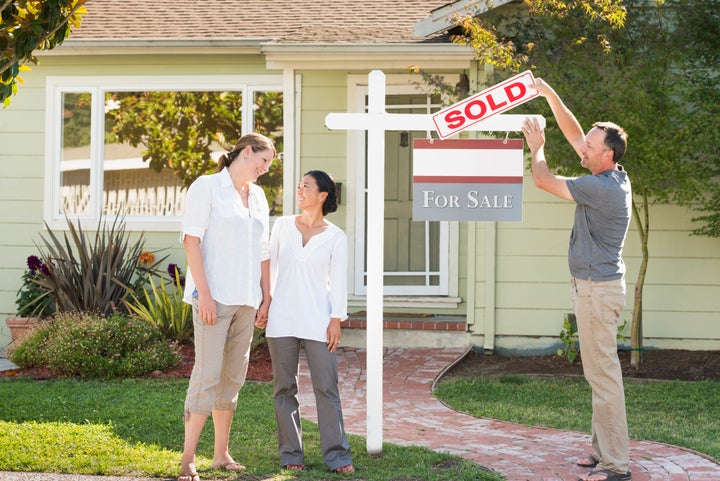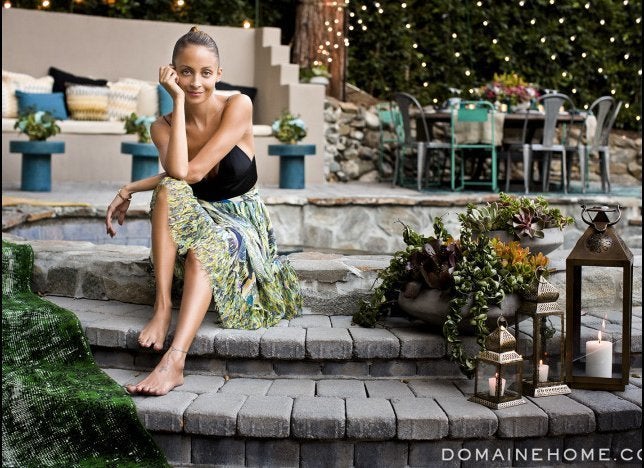
If there’s one golden rule of homebuying, it’s that you should always have at least 20 percent saved for a down payment.
After all, if you put less than 20 percent down, you have to pay private mortgage insurance until your home reaches a loan-to-value ratio of 80 percent in most cases. Not to mention, you have to borrow more and will likely pay a slightly higher interest rate.
But how common is it really for a homeowner to put 20 percent down? It turns out, it’s not too common at all. In 2016, the average home down payment was only 11 percent, according to the National Association of Realtors.
“The reality is that it is very difficult for people to actually save up enough for a 20 percent down payment, especially for millennials and first-time home buyers,” said Paul Culbertson, a certified financial planner and founder of Blue Sky Financial Planning. “It may take many years for a family to save enough cash to meet the 20 percent down payment threshold.”
Of course, just because a lot of homeowners are buying with little down doesn’t mean it’s the right choice for you. Ask anyone who bought a home in the early 2000s, before the housing crash, how they feel about it. “Making a down payment of at least 20 percent is preferred,” Culbertson said.
Still, while ideal in many cases, saving up a down payment of 20 percent isn’t always the best choice. Here’s when you should consider putting down less.
1. Home values are rising too fast
Here in my hometown of Los Angeles, the median home sale price is $579,500. That represents a 2.6 percent increase over last year. The year prior, between January 2017 and January 2018, home prices rose 8 percent. Yikes.
For the sake of this example, let’s pretend that I have my sights set on a more modest home that’s selling for $500,000 and I already have $50,000 in the bank. I need to decide whether to put down just 10 percent and buy now before prices go up any more, or wait to save up the full $100,000 and try to avoid PMI. Here’s a look at how those two options would break down.
Buy Now
Home price: $500,000
Down payment: $50,000
Loan amount (30-year fixed): $450,000
Interest rate: 4.50%
Mortgage payment: $2,938
- Principal and interest: $2,280
- Taxes and insurance: $408
- PMI: $250
Buy In Three Years
Home price: $550,000
Down payment: $100,000
Loan amount (30-year fixed): $450,000
Interest rate: 4.75%
Mortgage payment: $2,920
- Principal and interest: $2,347
- Taxes and insurance: $449
- PMI: $124
As you can see, if I wait, the value of homes has gone up along with interest rates and property insurance. I still end up having to pay some PMI even with a $100,000 down payment. When all is said and done, my mortgage payment is just slightly lower than if I had bought right away.
However, the big difference here is that I also gave up an extra $50,000 in cash that I could have invested in home improvements to increase my home’s value, or invested in the stock market for a portfolio worth $172,305 after the same 30-year period as my mortgage, assuming an annual return of 6 percent.
Plus, all that time I was saving up the extra $50,000, I could have been paying down my mortgage instead of paying rent.
2. You need cash for home improvements
A common issue that new homeowners run into shortly after buying is a shortage of cash. And if you have major expenses that pop up a month or two after closing, you could be in a tough financial position.
For example, you might need to make repairs for issues that weren’t caught during the home inspection, such as damage to the roof or chimney. You might need a new dishwasher or furnishings for the living room.
Rather than immediately tying up every cent you have in your home, it can be a good idea to keep some cash liquid so you have a cushion against these added expenses and avoid taking on higher-interest debt such as credit cards or a personal loan.
3. Your lifestyle demands it
Finally, though you might be able to wait to save a 20 percent down payment, your lifestyle might demand that you become a homeowner sooner.
For example, a family may decide it’s worth the increased costs to have their children be in a good school district or in a good neighborhood, without the risk of moving each year because of increasing rents or the landlord deciding to sell the property. Sometimes you have to make a decision and may knowingly pay a higher premium for a home, but in return receive peace of mind and a greater sense of stability.
“Personal finance is about more than what the numbers might suggest. It encompasses a person’s beliefs, attitudes, feelings and goals,” Culbertson said. “It is the ‘personal’ side of finances that makes each situation unique.”
